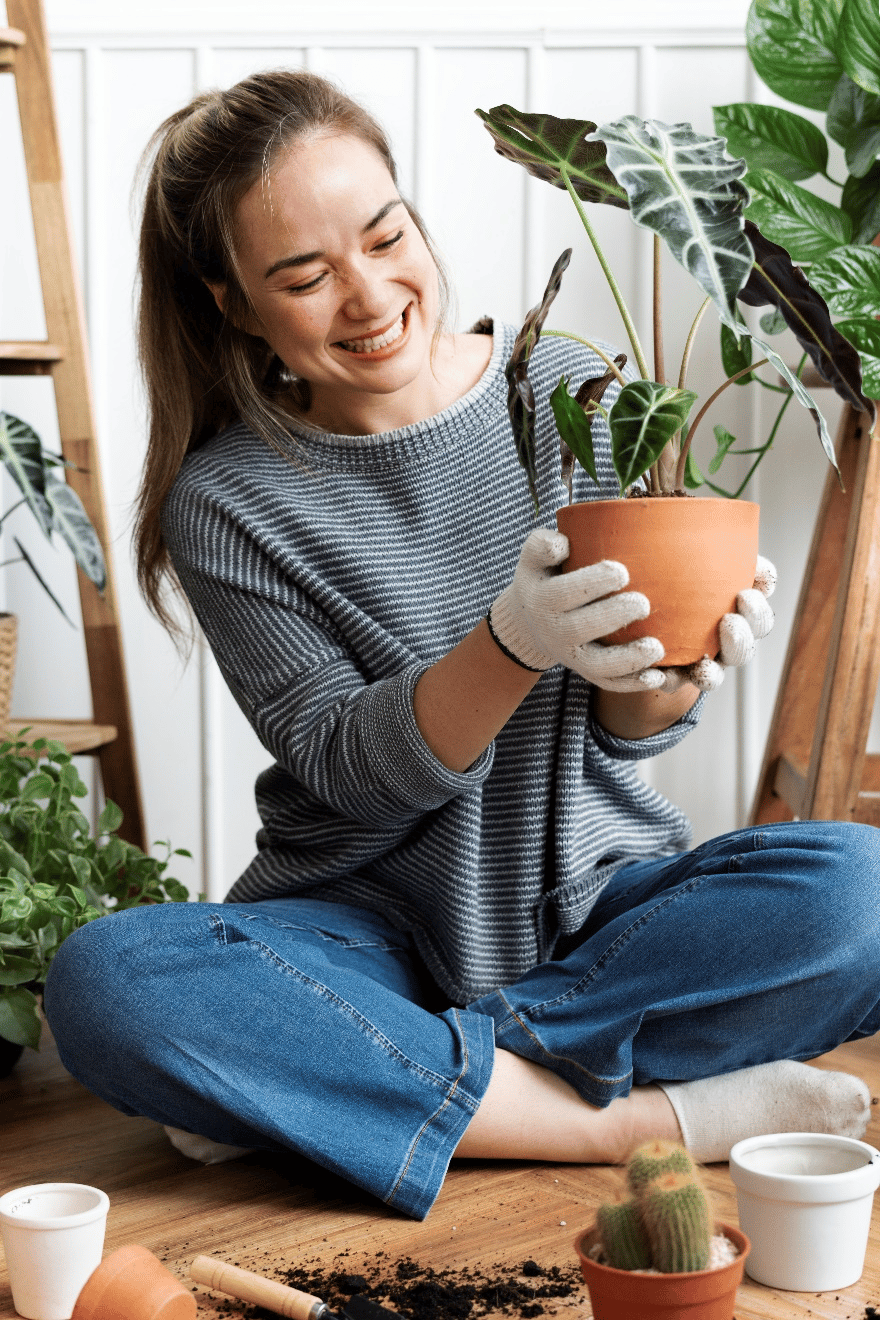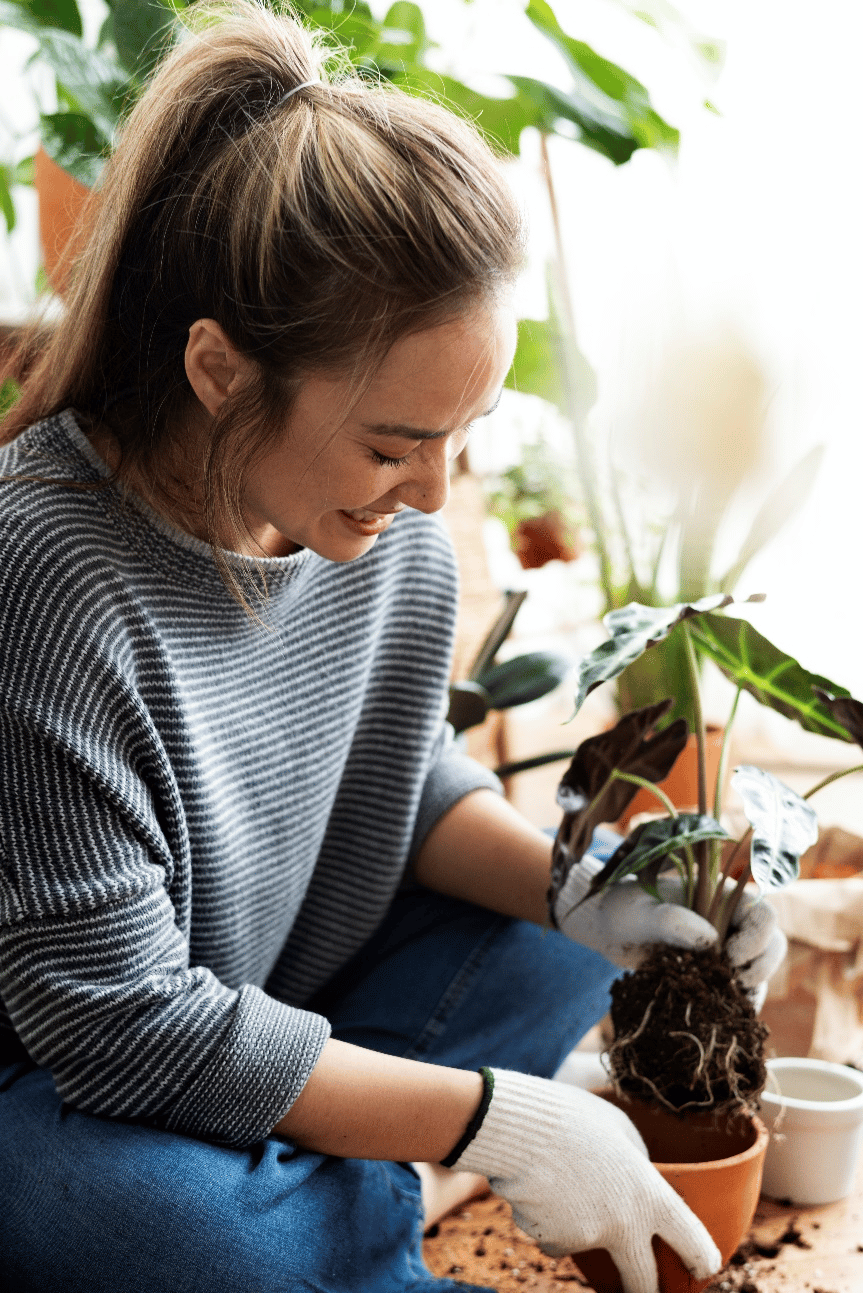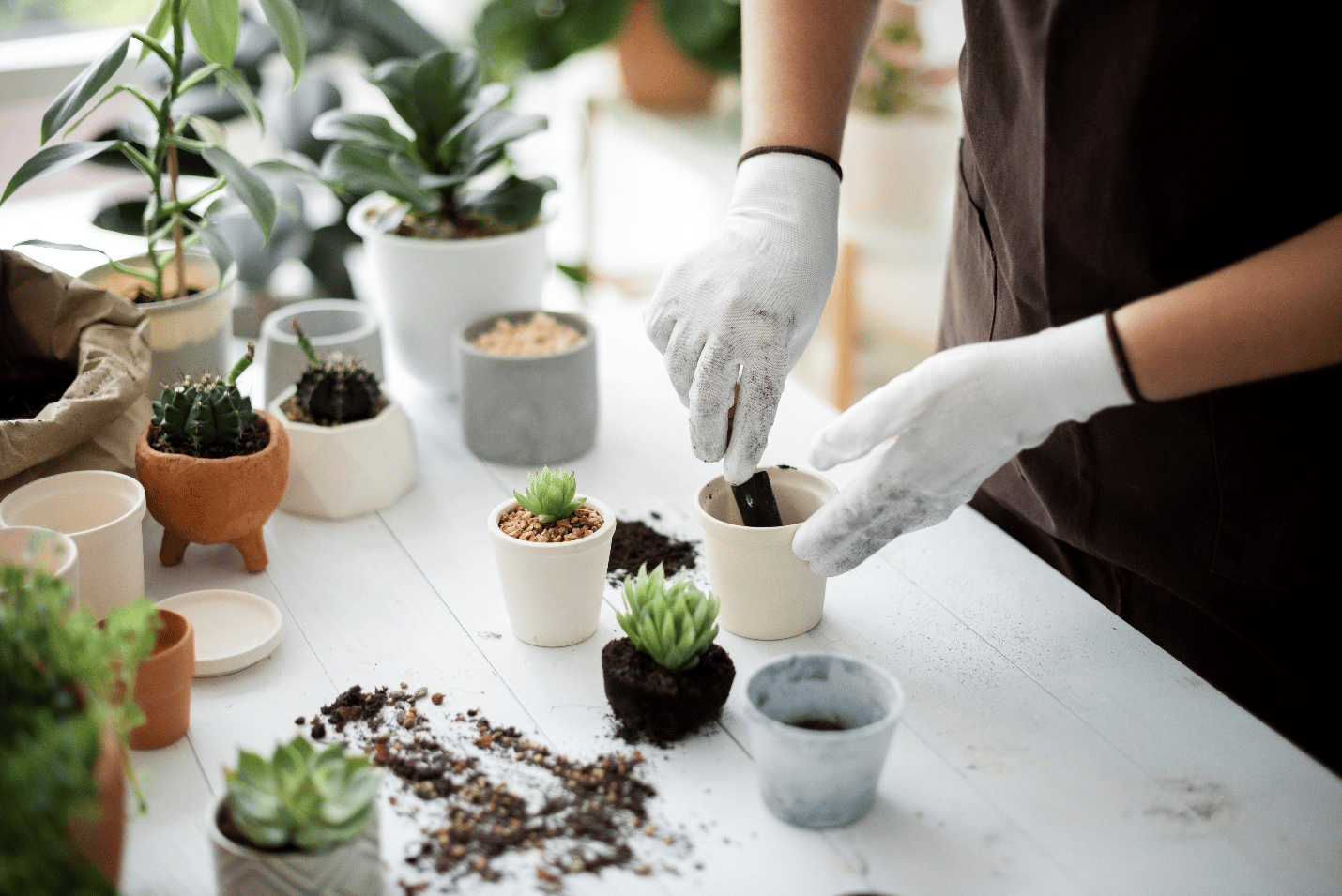

Drainage holes in pots are crucial to the plant’s health. However, most growers ask one question: are pots without drainage holes bad? This article will show why they aren’t bad when used on several plants such as pothos. But first, what are drainage holes?
The first thing you need to do before moving your plant is to determine whether it needs water by checking the soil. If it is dry, add water to the pot and let it soak in. Do not overwater as you need to provide the soil time to soak up the water before adding more.
Secondly, you need to check your plant’s leaves for signs of dehydration, such as wilting or dryness on leaves and stems. If there are any visible signs of dehydration, give your plant water before moving it so that it does not lose too much moisture during transport.
Release Pots use less water than standard pots. They are designed to drain more slowly, allowing more water to be absorbed by the roots. At the same time, it prevents stagnant water by using patented angled bottoms to allow for drainage.
You must also be sure to test how heavy the plant is before you move it. Potted plants can vary in weight based on their size and composition, so it is important to know if yours is too cumbersome for you to move alone. It might also affect how intact the plant will be once it reaches its new spot.
Using a Release Pot in this process will provide a sense of ease when transferring plants into the ground or transferring a larger pot, as it saves you precious time and lowers your labor costs. They have large and manageable carry handles for smaller plants so that you will never have a pot slip out of your hand again.
If the plant does feel too heavy, consider enlisting the help of a friend or family member to assist you. If the pot is too big for you to transport safely by yourself, consider breaking it into smaller pieces first, which will also make the transporting process easier.

Once you have assessed your plants before the move, the next step is physically transferring the plants from one location to another. Knowing how to move a potted plant correctly is vital to keeping it secure, healthy, and intact in its new home.
If you are transferring a relatively small plant to a new pot, grasp the stem in one hand while holding the stem close to the top of the soil with your other. Lift carefully while keeping your hands close together for better control and avoid spilling soil from your potted plant’s container.
To lift plants in a large container, place one hand under the rim of the container while you cup your other hand over the top of the soil. With your hands positioned this way, you can easily move the pot without damaging its roots or spilling dirt all over your floor.
As an even better solution, Release Pots offer large and easy-to-carry handles and are available in multiple sizes so that the plant, no matter what size, is easier to carry and transport from one place to another.
If you are driving to a new location, there are strategic ways to transport your plant safely and securely. Place your plant in a box or use newspaper or packing material to keep the pot from sliding around during transport. Make sure to place your plant on a level surface. If it is an uneven surface, you can use a towel to protect seats or floors from getting wet or dirty should the plants or soil spill over.
It is best to place your plant in your vehicle at the last possible moment to prevent it from being exposed to drastically different temperatures and it can still have good airflow.
You can use a dolly or wagon to transport a plant if it is too heavy. This will protect the roots from being squished and allow you more control over how much weight is distributed across them. It also prevents the plant from tipping over during transit; if your pot has drainage holes on its bottom, then water could spill out onto whatever surface is below it – which is also not good!
Release Pots are new and versatile plant containers that are the only guaranteed way to safely transplant your plants or trees into the ground if moved outside or into a new pot. Have a look here for how easy it is to place in fresh soil.

Potted plants can be moved in a variety of ways, so here are a few more basic tips that will help ensure your plant stays happy and healthy during the process:
Replanting as soon as possible will reduce further stress on the plant so it is somewhat vital that you know how to move a potted plant fairly quickly. When you move a potted plant, the process can be stressful for both the plant and its new environment. Here’s why:
Some plants just do not like being uprooted from their original environment; others will thrive no matter where you put them! Either way, it’s always good practice to move a plant with care. It not only helps reduce strain on the plant but because there is less chance of damaging roots, if done properly, before putting into a new potting mix with added fertilizer.
Whether you’re transplanting to a bigger pot, relocating, or just redecorating, it’s important that you take extra care when transporting your plant and know the relevant steps to move a potted plant. Potted plants can be heavy and awkward to carry, but there are many ways to make the process go smoother. And with the right tools and tips, it can be a breeze! With the simple steps that have been outlined in this article, you will be able to move any plant with ease. If you would like to make your life transplanting and moving your plants, then a Release Pot is your answer! Check out our array of pots and get repotting today!
